10 Years of VO2 Master: Co-Founders Peter O’Brien and Andrew Sellars Reflect on a Decade of Innovation
This year marks the 10th anniversary of VO2 Master. The last decade has been an incredible journey. It started with an idea to improve assessments of local athletes and has resulted in a product that has revolutionized physiologic testing. Along the way, VO2 Master has helped athletes, coaches, researchers, first responders, and military personnel—all aroundContinue reading "10 Years of VO2 Master: Co-Founders Peter O’Brien and Andrew Sellars Reflect on a Decade of Innovation "
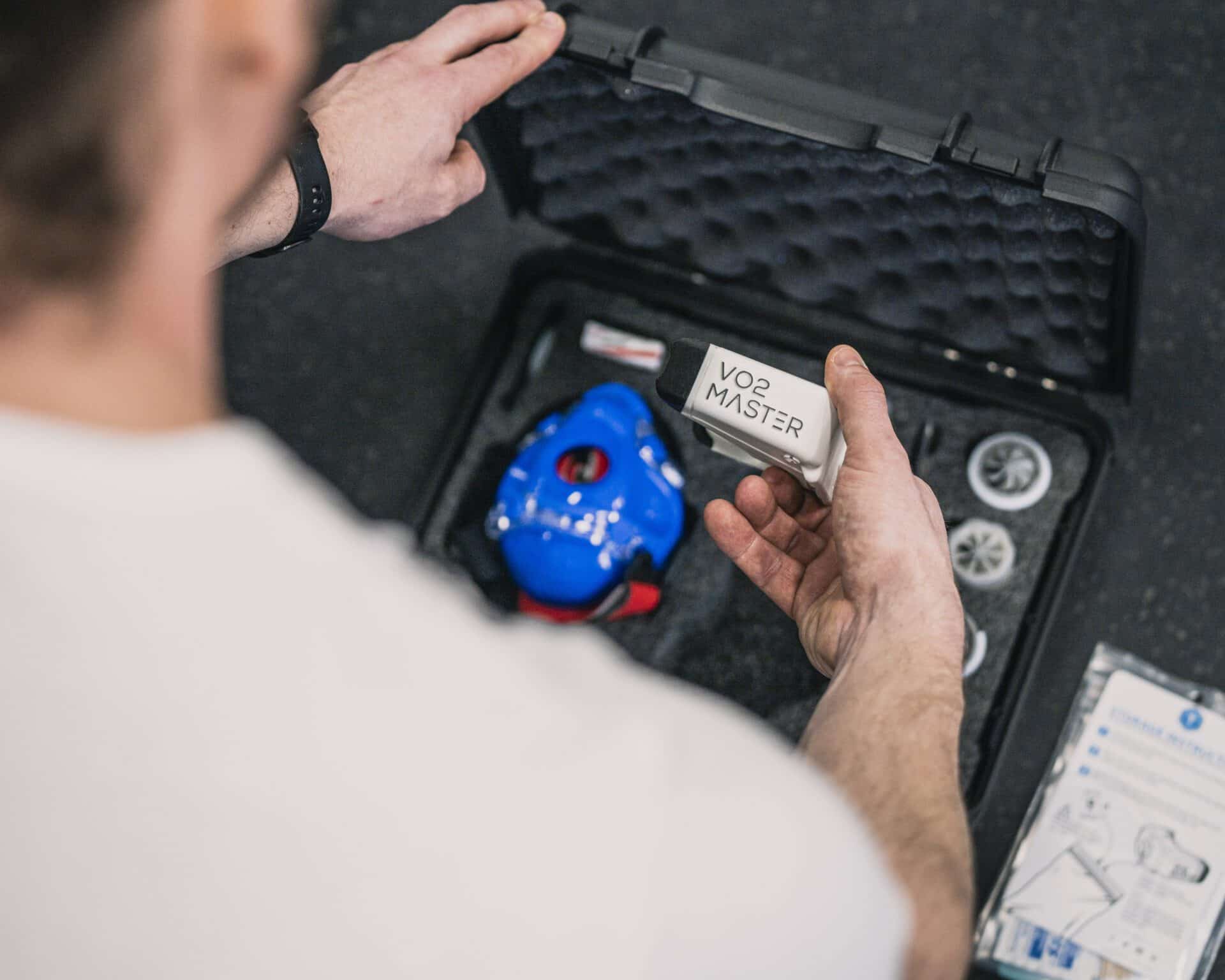
This year marks the 10th anniversary of VO2 Master. The last decade has been an incredible journey. It started with an idea to improve assessments of local athletes and has resulted in a product that has revolutionized physiologic testing.
Along the way, VO2 Master has helped athletes, coaches, researchers, first responders, and military personnel—all around the world.
To celebrate this monumental milestone, we spoke with VO2 Master Co-Founders Peter O’Brien and Dr. Andrew Sellars, asking them to reflect on the past ten years, share what they’ve learned along the way, and explore what the future might hold for our company.
How did the original concept for VO2 Master come to be?
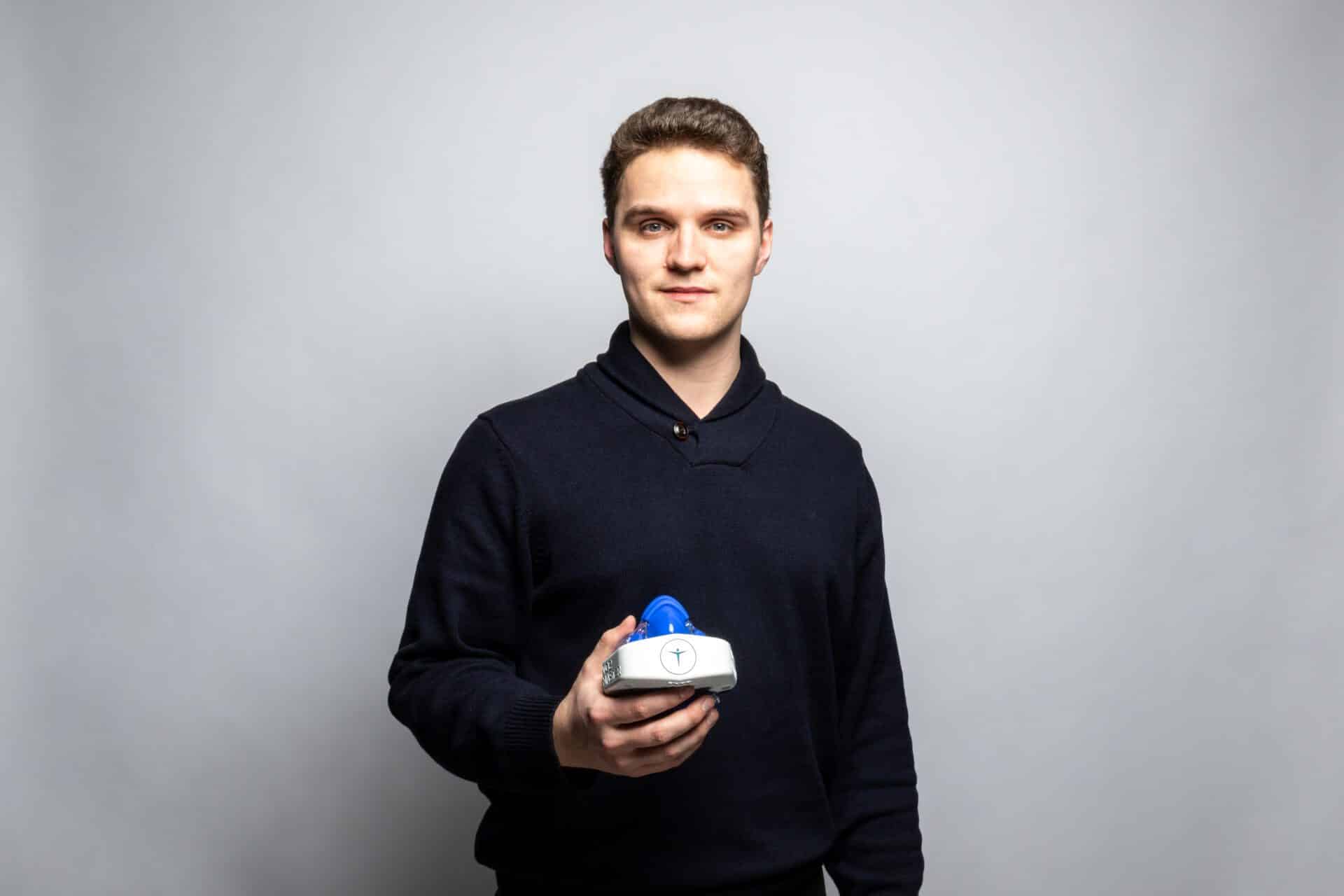
Peter O’Brien: Growing up, I got into competitive swimming. I ended up with a shoulder injury from overtraining.
My neighbor introduced me to Andrew, who was a triathlon coach and also a doctor with a specialization in Anesthesia.
Andrew had a unique way of training athletes. He would test them every four to six weeks and try to identify physiological limiters—for instance, heart, lungs, muscles, coordination, and breathing—and then find ways to train for that specific limiter. Then he would redo the test to see how the training had really impacted that factor.
I really liked that approach. It was a stark contrast to where I came from in that it was an informed and scientific way to do things.
But this process involved a ton of different sensors, each providing unique data, none of which was consolidated. So, Andrew would have to examine these data points individually and then fuse them together to see the full picture.
The way that Andrew and I first came to work together was that I started learning how to code, and Andrew asked me to build a PDF reporting tool that would consolidate all of this data into one clear, easily understandable format.
Then, at some point, we had the crazy idea of replacing the cumbersome medical-grade lab cart he was using to test oxygen consumption.
Like many coaches, Andrew didn’t have $35,000 to buy the portable backpack unit that was available. So, we wondered how we might be able to create something that delivered the same respiratory and cardiac data in a more cost-effective way while also offering the benefit of portability.
That was back in 2013, and that’s when we incorporated the company.
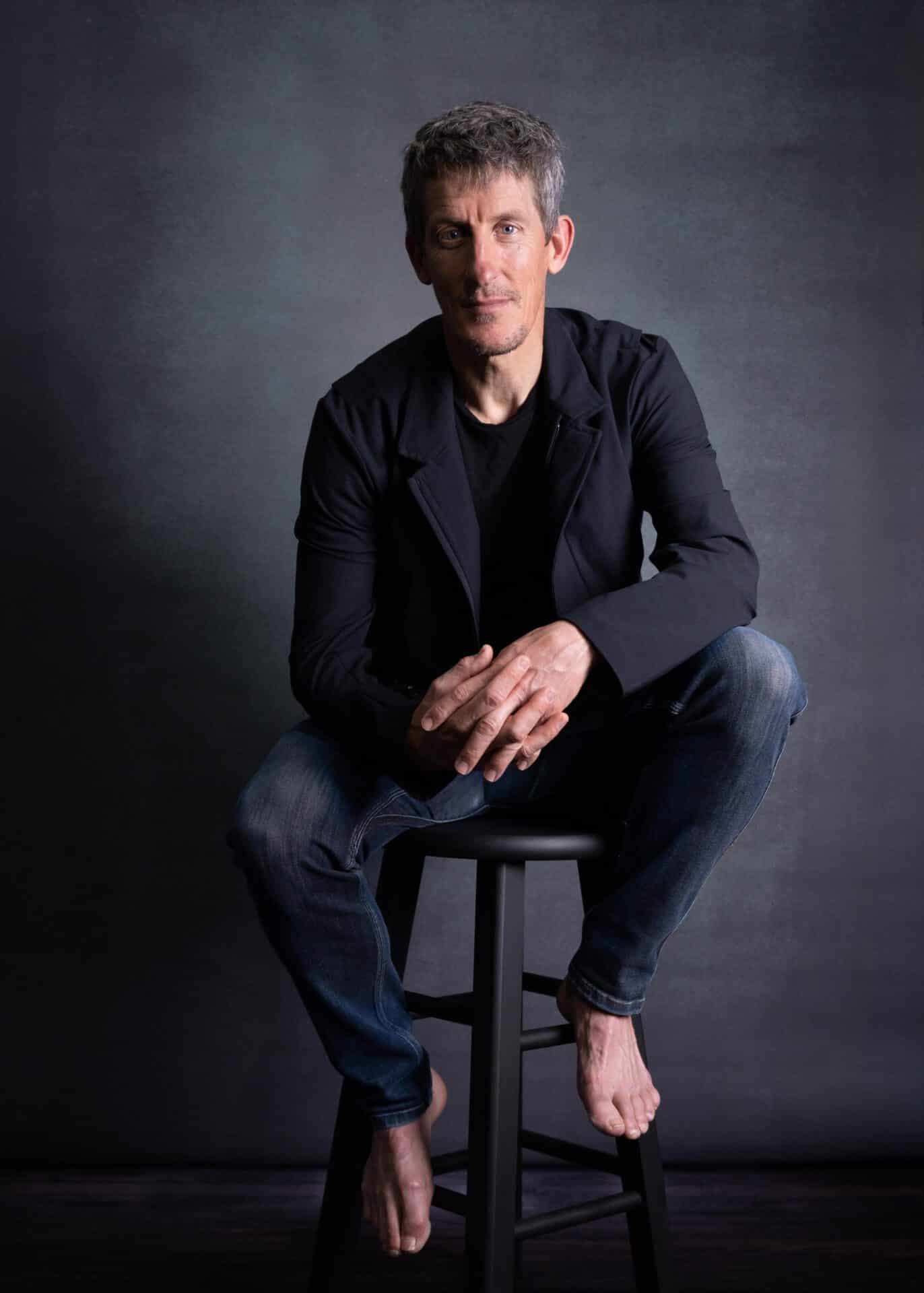
Dr. Andrew Sellars: To build on what Peter has said, when he first approached me, I recognized the need to pull data for athletes, but my other career in medicine led me to understand the potential benefits to physicians and their patients. So, I was interested in how a product like this could be incorporated to play an important role in supporting generalized health and well-being.
I believed there was a market for something like VO2 Master and I knew there was certainly an opportunity to improve the old systems that had been historically used.
Analyzing VO2 isn’t new. The practice is over 100 years old now and the way we do it really hasn’t changed in the last 75 years. The technology was lagging behind all of the other advances that were coming out in terms of heart rate straps, muscle oxygenation sensors, and force plate analysis.
VO2 analysis tools were one of the few things that had not kept up with Bluetooth and WiFi compatibility.
So, I figured that, even if it only benefited coaches like me, it would drastically improve our ability to test athletes by making the process easier, more affordable, and more portable.
How did the first iterations of VO2 Master come to be?
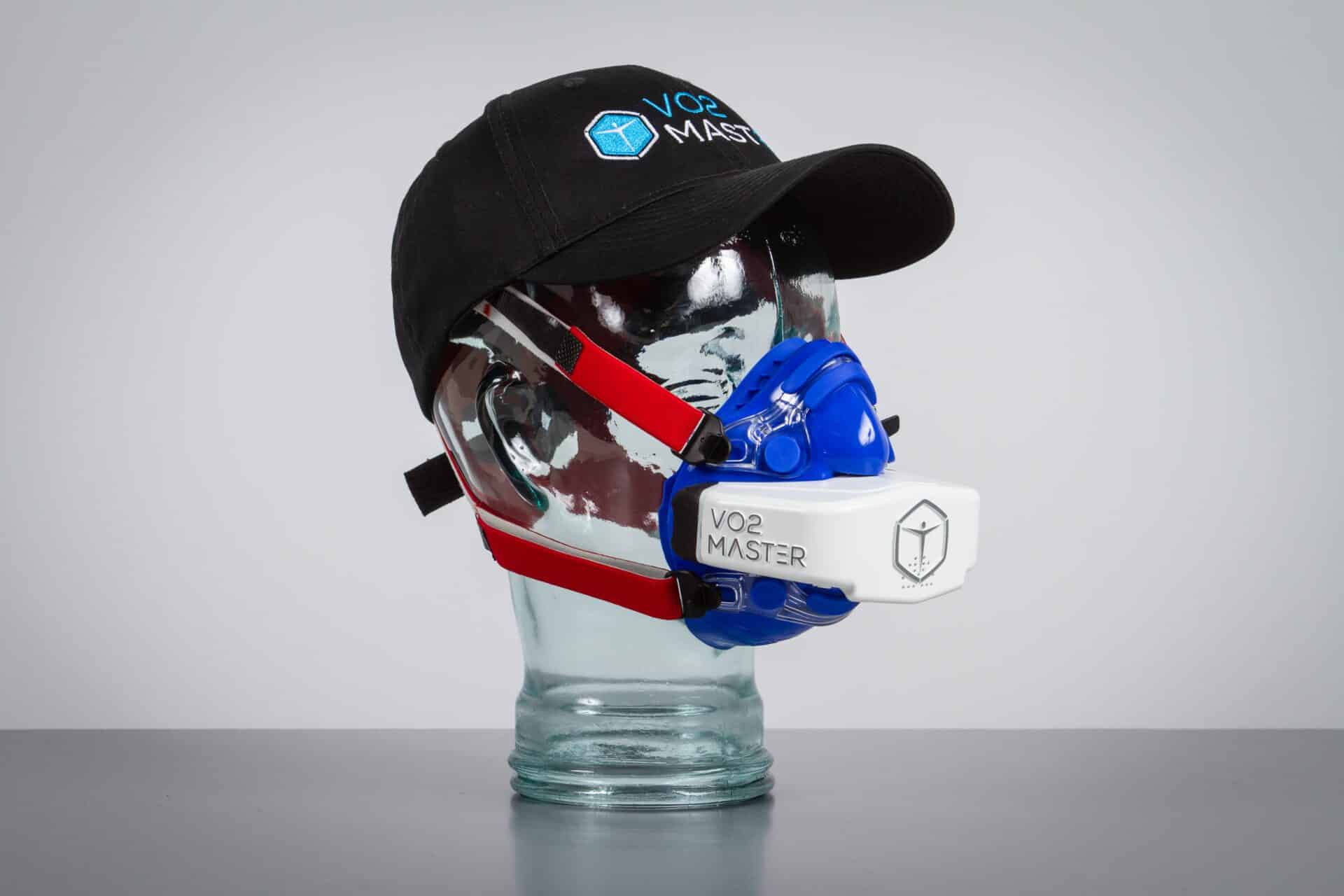
Peter O’Brien: I had gone to school briefly, but decided to leave university when I recognized it wasn’t providing me with the growth I was looking for. I moved back into my parents’ basement and did the classic startup gig while we got the company going.
I was lucky enough to get in with Accelerate Okanagan, a technology business accelerator, and learned some practical business skills there. Then we got a few co-op students to work with us and eventually, in 2015, we got a Eurostars grant from the local University.
From there, I developed a prototype and took it to Prof. Kenneth Chau at UBCO—I didn’t know him at the time but I had been told by a friend that he was their favorite engineering professor—and asked him if we could do research together.
Luckily for us, he said yes.
Using the funds from our grant, we were able to hire a few engineering students and get into the process of figuring out how to solve the manufacturing challenge.
Things grew organically from there.
In the five years since we released the first version, we’ve put VO2 Master Analyzers into the hands of many of the world’s top universities, tons of national federations, some of the best athletes in the world, all sorts of research departments, and wellness and fitness centers on every continent and in virtually every major economy around the globe.
Beyond the business opportunities, why was it personally important to you to create a better product than what was currently available in the market?
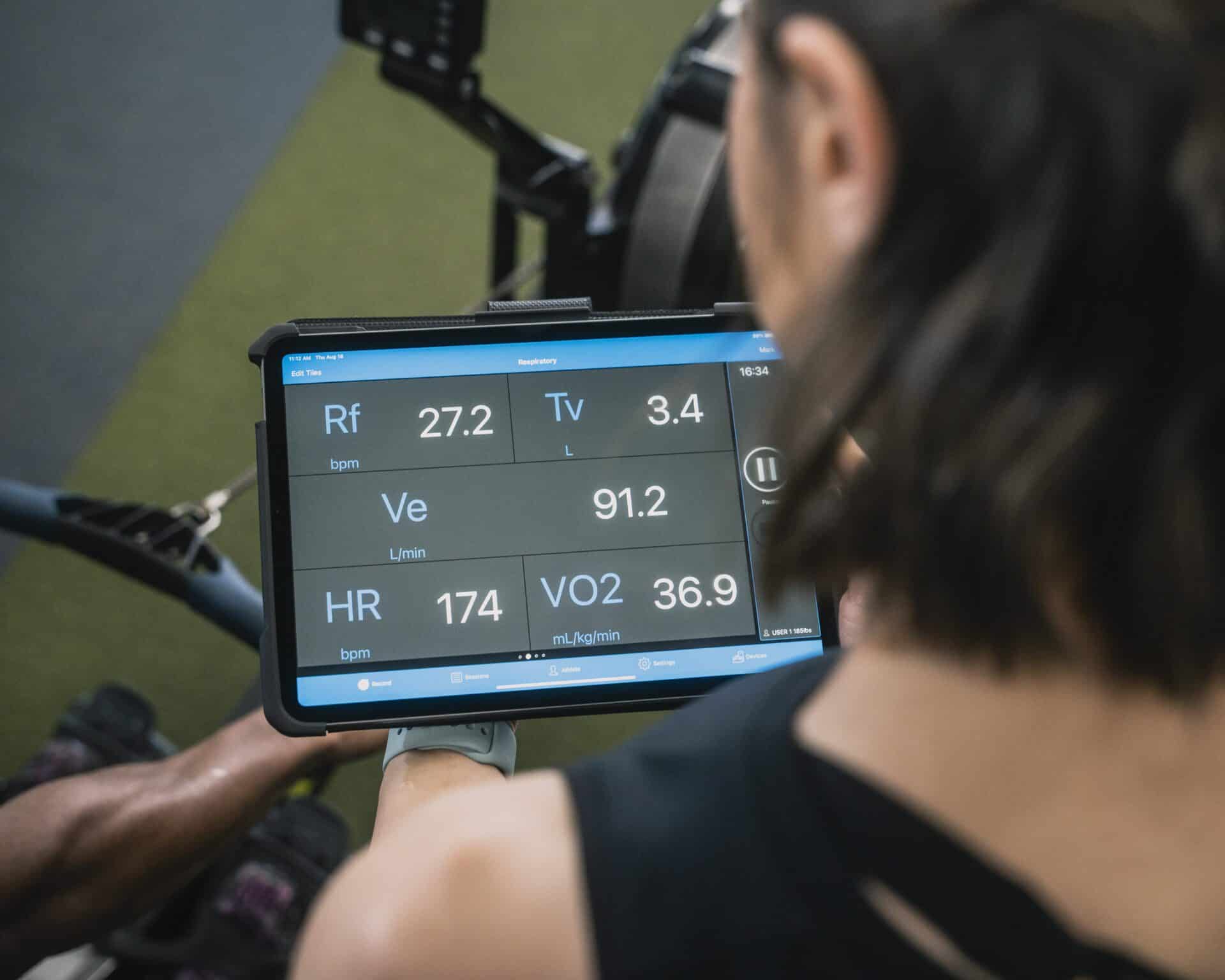
Peter O’Brien: VO2max is known as the best determinant for overall health, longevity, and risk of mortality—it’s a metric that’s historically been underused and could only really be afforded by the elite. So, you could say that our mission was to democratize a very valuable measurement.
From a personal perspective, I was really interested in bringing the potential for injury mitigation to more people since I’d experienced it firsthand.
I still feel my injuries from overtraining in swimming to this day and I wanted to help people avoid that.
Dr. Andrew Sellars: The original dream was to support endurance athletes and help people be faster, stronger, or better in their given sport.
However, my passion was the idea of providing something that could benefit humanity by helping people be healthier and prevent illness. I think in the future those are areas where we can eventually make a real impact.
Reflecting on a decade in business, did you have any concept of what you might be able to create with VO2 Master?
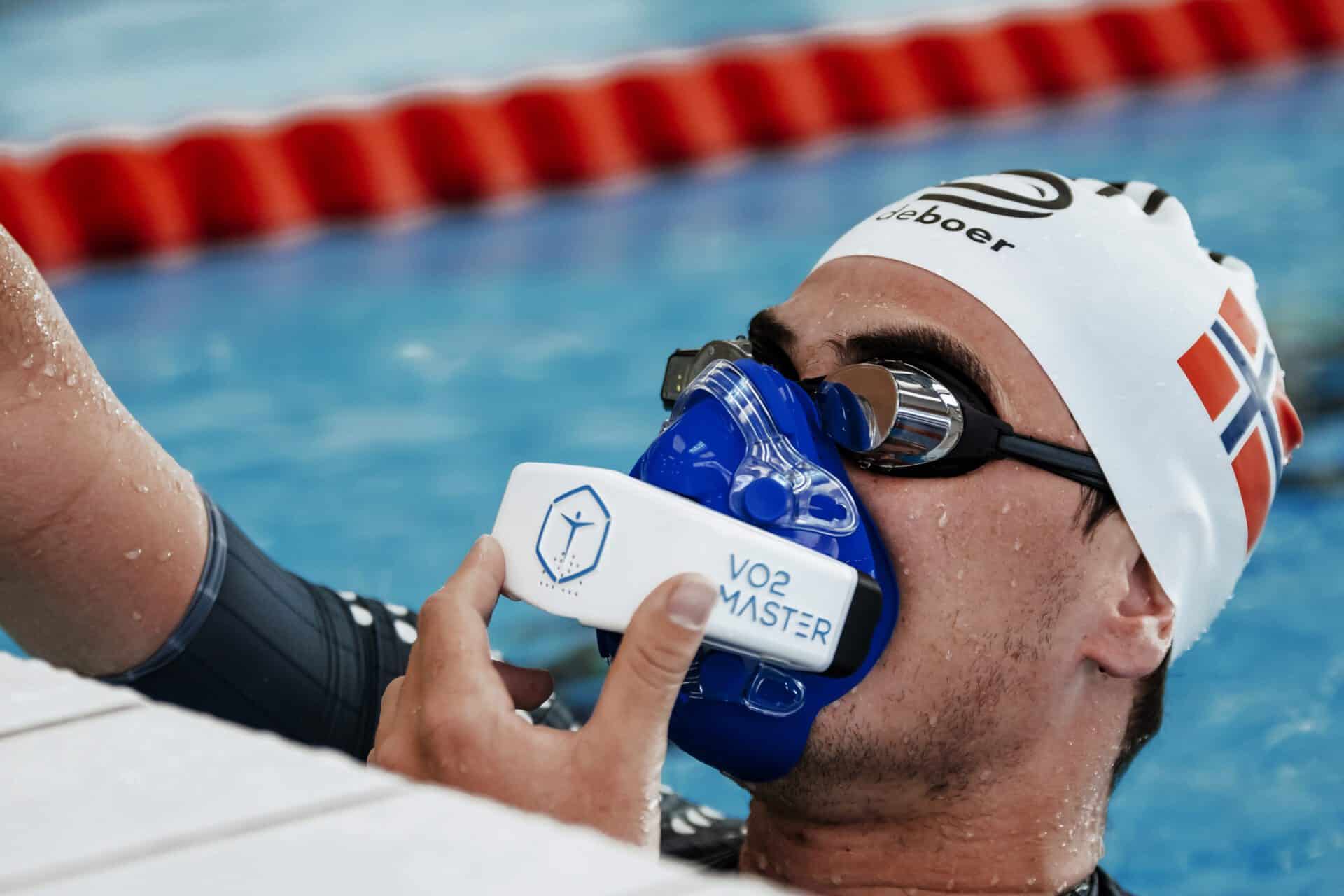
Peter O’Brien: I didn’t really know where it was going to end up. I just knew it was something worth pursuing. In the early days, I think I was a bit naive about how quickly things would grow. I assumed it would all happen fast, but that’s not how building a business works.
You know what they say: it takes years to become an overnight success.
One thing I would say, though, is that I wouldn’t trade for the world hanging out with some of the people we’ve got to spend time with.
Being around high-energy people is amazing, from pro athletes to engineers and world-class researchers—people who are the best in the world at what they do. They’re just uplifting.
Dr. Andrew Sellars: I think that we have already had a greater impact on the world of physiologic testing than I could have predicted when we first started.
And now, a decade in, I actually think that potential is vastly bigger than I ever could have hoped for because I’m realizing how much information people don’t have and how VO2 Master can eventually help to provide that.
What do you envision for the next ten years of VO2 Master?
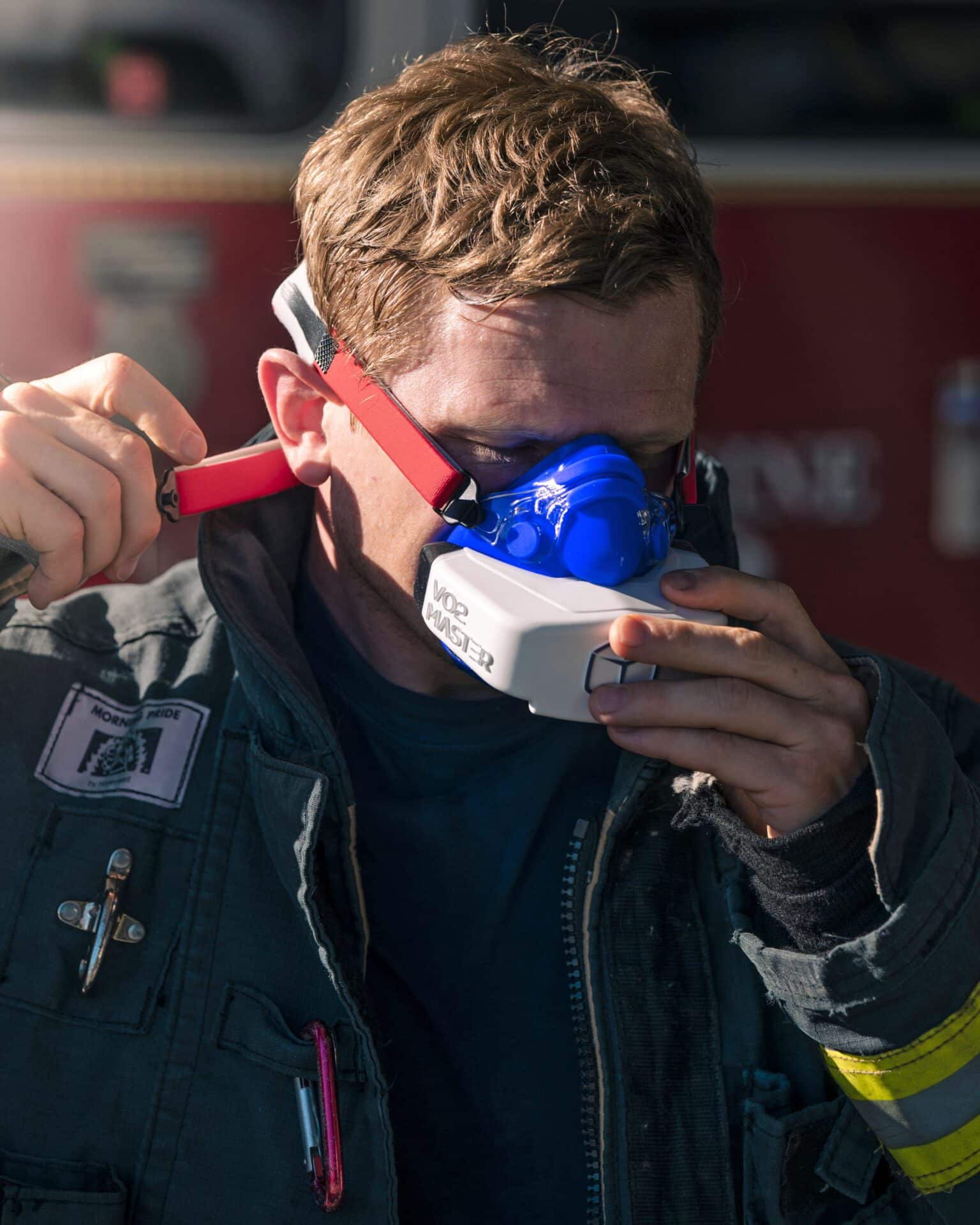
Peter: There’s a lot on the horizon that we can’t share just yet, but we’ve got some incredibly exciting plans in the works.
One thing I can talk about is that we’re building an engineering center for excellence in Vernon.
Beyond that, we want to continue to build the world’s best wellness and high-performance technology and we’ve got big plans for future innovations with our analyzer.
Dr. Andrew Sellars: I can echo Peter’s vision for all of these things on the horizon.
And, in the long term, I’m very excited about the idea of moving into the medical industry in a bigger way—the idea of helping to unlock the ability to draw data from not just hundreds of people but thousands of people.
When it comes to VO2 analysis, most of the published studies and research that have been done were conducted on groups of ten to twenty people—most of them University-aged athletes.
We have very little data on athletes earlier on in their careers, sedentary individuals, or medically compromised patients.
I think lots of people go into medicine with the intent of helping as many people as they can—I certainly did. But realistically, in most cases, physicians can only help the person who’s right in front of them.
If we’re able to put VO2 Master into the hands of more researchers, the sample size for studies could become astronomical. This would allow for greater and more in-depth research which could further support the development of athletes as well as individuals in the wellness sector and in the medical world. This could unlock some incredible possibilities.
While this is not something we’re currently focused on, I do believe there are applications we could explore down the line.
For now, our focus remains entirely on supporting athletics, fitness, and wellness but I think we’re only just scratching the surface.
In, ten years from now, if I can look back and know we played a small part in helping people get healthier, that’s a dream come true for me.
